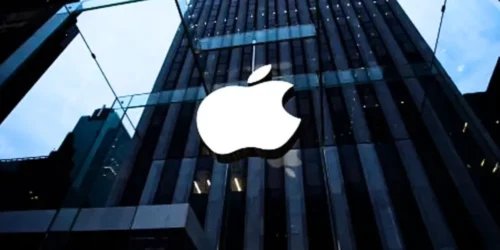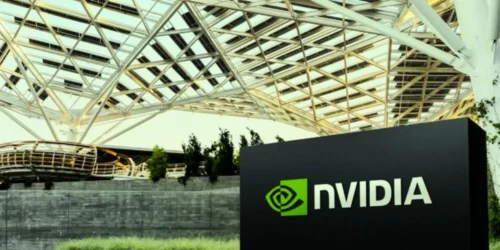For generations, we treated mental health like a secret. It was a private struggle, a source of shame whispered about behind closed doors if it was spoken of at all. We built walls of silence around depression, anxiety, and trauma, leaving millions to navigate their inner turmoil alone. But something has shifted. That whisper is becoming a roar. The conversation around mental health has exploded into the public sphere, fueled by a new generation unwilling to accept the stigma of the past. This analysis delves into this profound cultural transformation, exploring why the silence broke, the complex realities of mental well-being, and the systemic chasms we must bridge to move from mere awareness to meaningful, accessible care.
The Great Unmasking: Why We Talk About It Now
The sudden visibility of mental health isn’t an accident. It’s the result of converging forces that have cracked open the old silence, revealing a collective struggle that was there all along.
The Crack in the Stigma
Courage is contagious. When celebrities, athletes, and public figures began sharing their battles with mental illness, they gave millions of people a new language and permission to acknowledge their pain. Social media, for all its faults, provided a platform for everyday individuals to find community and realize they were not alone. A younger generation, fluent in the language of vulnerability, simply refuses to see mental health as a character flaw.
The Pandemic’s Pressure Cooker
The COVID-19 pandemic acted as a global accelerant. It plunged the world into a shared experience of isolation, grief, fear, and uncertainty. The boundaries between work and home dissolved, support systems frayed, and the collective psychological toll became impossible to ignore. It forced a conversation about mental health not as an individual issue but as a public health crisis affecting everyone.
More Than Just “Feeling Sad”: The Complex Reality
As the conversation grows, so too must our understanding. Mental health is not a simple binary of “sick” or “well.” It is a dynamic and deeply personal spectrum, influenced by a complex interplay of biology, biography, and environment.
The Spectrum of Well-being
We all exist on a continuum of mental health. On one end is thriving—feeling resilient, connected, and purposeful. On the other is a severe illness. Most of us spend our lives oscillating between these poles. This reframing is crucial; it means mental health is something we all have and must actively tend to, just like our physical health.
The Tangled Roots of a Crisis
No one chooses to have a mental illness. It is not a failure of willpower. The causes are a tangled web of factors. Genetics can create predispositions, but life experiences—trauma, chronic stress, social inequality, and lack of community—are often what pulls the trigger. Understanding this complexity is key to building empathy and effective treatments.
The Brain-Body Connection
We are finally dismantling the artificial wall between mental and physical health. We now understand that chronic stress can wreak havoc on the immune system, and depression can manifest as physical pain and fatigue. The brain is an organ intricately connected to every other system in the body. Treating one without considering the other is like trying to fix an engine without checking the fuel line.
The Systemic Hurdles on the Road to Recovery
While talking is a vital first step, it is not a cure. For many, the journey toward seeking help is a frustrating maze of systemic barriers where the supply of care falls drastically short of meeting the overwhelming demand.
The Massive Accessibility Gap
We have a crisis of access. Therapists have month-long waiting lists, psychiatrists are in short supply, and quality care is often prohibitively expensive. This creates “therapy deserts,” particularly in rural areas and underserved urban communities, leaving the most vulnerable with the fewest options.
The Disparity in Care
The burden of mental illness does not fall equally. People of color often face systemic biases and a lack of culturally competent providers. Men confront deep-seated cultural norms that equate seeking help with weakness. The quality of care you receive can depend more on your zip code and income level than on your actual medical needs.
Redefining Strength and Support
The good news is that our approach to treatment is evolving beyond the classic image of the therapist’s couch. We are developing more diverse, proactive, and human-centered models of care.
Beyond the One-Size-Fits-All Model
Care is becoming more personalized. Digital therapy apps offer immediate, low-cost support. Peer support groups connect people with shared lived experiences, creating powerful bonds of understanding. Community-based models are integrating mental health services into schools, workplaces, and primary care clinics.
The Power of Proactive Wellness
There is a growing emphasis on prevention and resilience-building. We are learning to focus not just on treating illness but on cultivating the foundations of mental wellness: mindfulness practices, the physical benefits of exercise, the importance of deep social connection, and creating psychologically safe workplaces.
Language Matters: Changing the Narrative
The words we use shape our reality. We are slowly replacing stigmatizing labels like “crazy” or “unstable” with respectful, person-first language, such as “a person living with bipolar disorder.” This simple shift reframes the person as separate from their diagnosis, restoring their dignity and agency.
The Path Forward: From Awareness to Action
The roar of the mental health conversation has achieved its first goal: awareness. The next, much harder phase is translating that awareness into concrete, systemic action.
Integrating Mental and Physical Health
The future of healthcare must be integrated. Placing mental health professionals in primary care offices, making mental health screenings a routine part of check-ups, and ensuring that insurance plans treat mental and physical health equally are the necessary next steps. This is the path to treating the whole person.
Policy and Investment as a Moral Imperative
Talking is free, but care costs money. Meaningful change requires significant public and private investment in the mental health infrastructure. It means enforcing parity laws, expanding the workforce of providers through better incentives, and funding research into new treatments and therapies. This is not just a policy choice; it is a moral one.
Conclusion
We have come an incredible distance from the era of silent suffering. We have initiated a conversation that is reshaping our culture, workplaces, and relationships. But this roar of awareness will mean little if it doesn’t lead to a revolution in care. The true measure of our progress will not be in how many of us are willing to say we are not okay, but in what we build to support those who do. It is the work of creating a world where seeking help is not just accepted but is readily and equitably available—a world where caring for our minds is seen as the most fundamental and human act of all.













